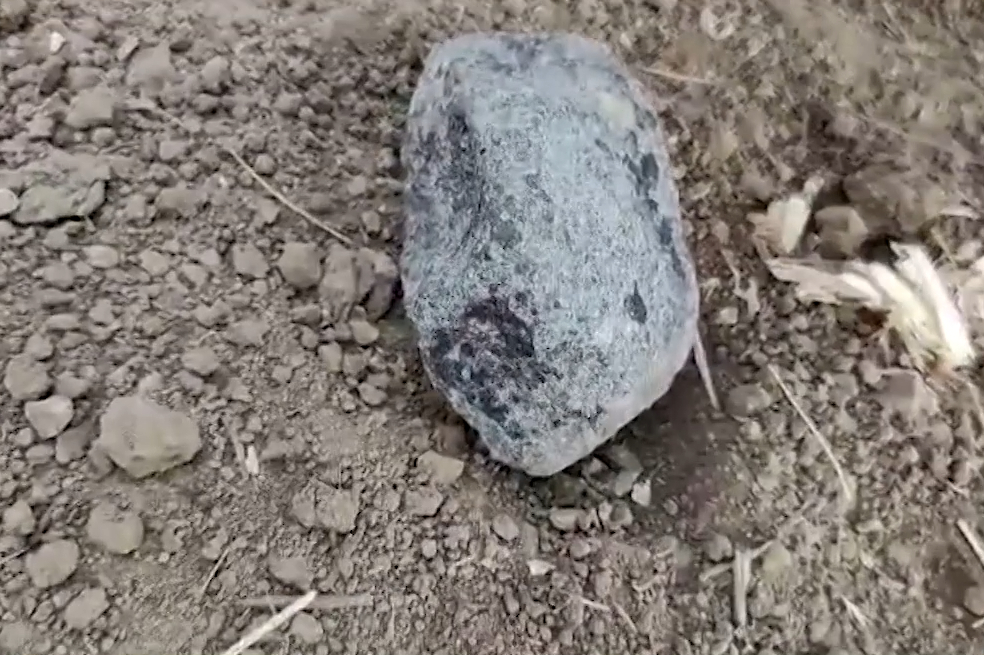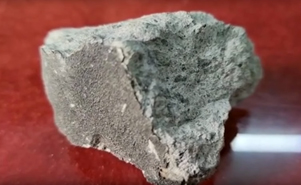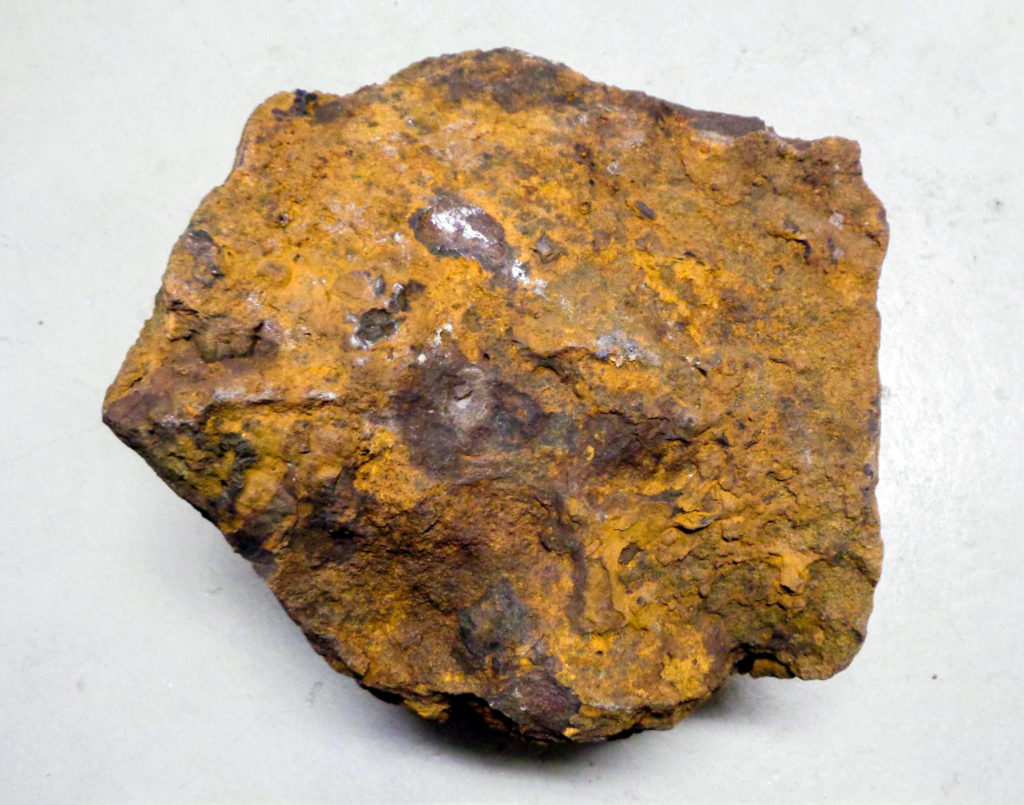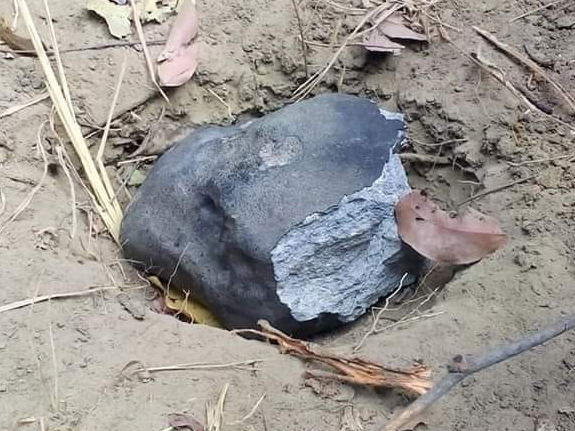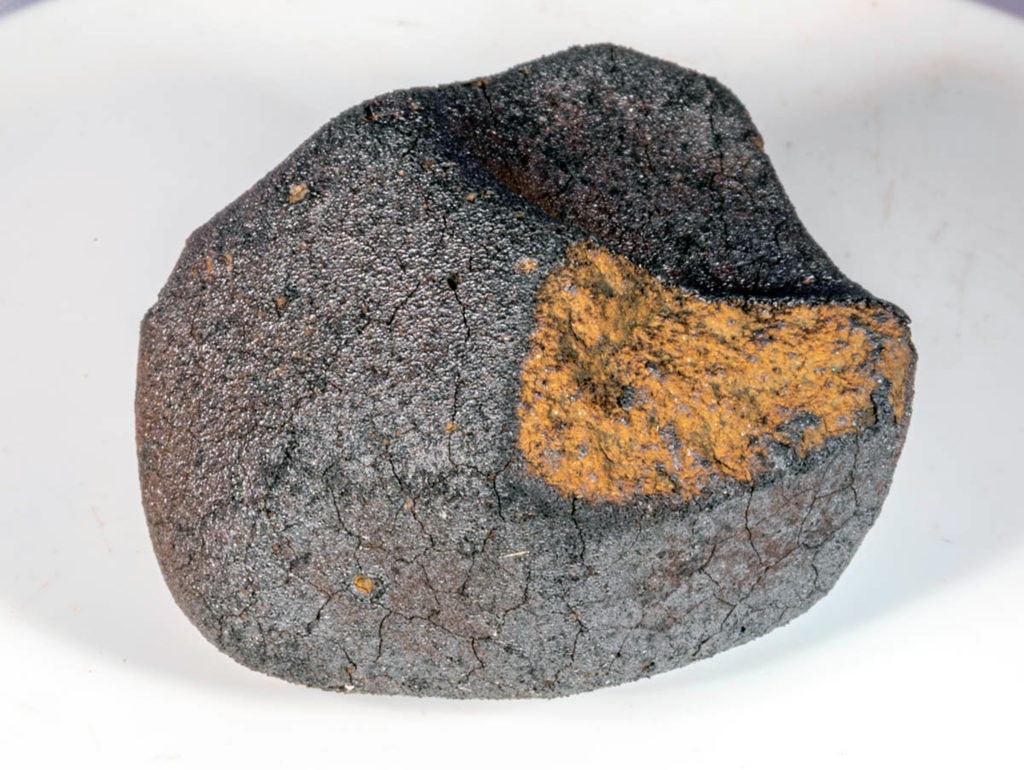Fabrics of forsterite in CBa chondrite Sierra Gorda 013
Rong Li, Wei Chen & Chun-Hui Li
Acta Geochimica, Published: 14 June 2025
“CB chondrite is a class of meteorite rich in metal composition, and its characteristics are obviously different from other chondrite groups. These meteorites are distinguished by their content of up to 60% to 70% FeNi metals and sulfides, in addition to their extreme lack of volatile and moderately volatile elements, less refractory inclusions, and almost no fine-grained matrix. Sierra Gorda 013 (SG 013) is a metal-rich chondritic meteorite of the CBa type. It has two different lithologies within SG 013: Lithology 1 and Lithology 2. Lithology 1 is an anomalous CBa chondrite containing chromite-pyroxene complex assemblage, whereas Lithology 2 is featured by recrystallization with small chondrules and contains much less iron nickel metal than Lithology 1. Although the two lithologies have essentially the same oxygen isotope composition, their structures are different from each other, suggesting that they probably underwent distinct formation and evolution processes from common precursors. In this study, the mineralogy of SG 013 chondrites is studied by means of petrographic observation, semi-quantitative analysis of chemical composition, fabric identification of minerals and integrated mineral phase analysis, while studying the mineralogy of SG 013, and the fabric characteristics of SG 013 are studied in detail. Different from previous studies, here we find that Lithology 1 of SG 013 contains non-porphyritic chondrules and metallic silicate globules, while Lithology 2 not only contains non-porphyritic chondrules and metallic-silicate globules, but also porphyritic chondrules. In this thesis, Electron backscatter diffraction (EBSD) analysis of magnesium olivine in metal-silicate globules and porphyritic chondrules in L2 of SG 013 shows that some magnesium olivine form under conditions of lower temperature and faster strain rate during uniaxial compression, where deformation of the olivine is dominated by dislocation glide. However, at higher temperatures and slower strain rates, the fabric of B-axis ([100]) is concentrated, indicating that the porphyritic chondrules may be dominated by the compaction of olivine particles, leading to dynamic recrystallization in the peripheral region or outer layer of the magnesium olivine crystal. New grains formed by dynamic recrystallization occur at the edges of residual grains and, their orientation is controlled by stress. It is found that the formation position of magnesium olivine in different chondrules of SG 013 from the inside out, with the gradual reduction of stress and the gradual increase of temperature, these local physicochemical changes reveal the complex thermal history and dynamic processes that chondrules undergo during their formation and evolution.”


